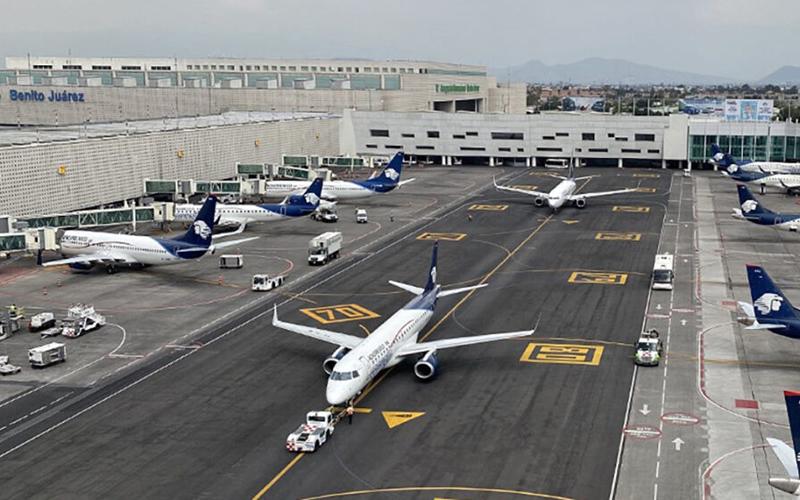AICM receives US$130 million investment

MEXICO CITY - For this year, which will be marked by the change of Federal Government, the Mexico City International Airport (AICM) will invest US$130 million for maintenance, conservation and modernization works.
This was announced by Rear Admiral José Ramón Rivera Parga, general director of the AICM, during a morning conference on May 2, in which he stated that, of this amount, US$88 million correspond to fiscal resources and US$41 million are the air terminal's own.
He pointed out that some of these works are already in process, while most of them are in public bidding.
The executive explained that US$33 million will be invested in the acquisition of 18 X-ray machines and 10 CT scanners for the screening of checked baggage in order to replace the existing equipment due to its age. In addition, 17 X-ray machines and 12 explosives detectors will be acquired to reinforce the screening points, he said.
He added that US$32.3 million will be invested in the rehabilitation of the runways and mentioned that work has already begun this month on runway 05 right 23 left, consisting of the cutting and replacement of the asphalt surface, work on lateral margins, safety strips and trenches, as well as the restructuring and adaptation of the electrical systems and modernization of the LED lighting systems.
US$28.9 million will be invested in various preventive and corrective maintenance works on facilities such as waterproofing roofs, repairing leaks and filtrations, repairing the rainwater drainage system, painting buildings, changing ceilings and floors in some areas.
As well as potholes in taxiways, rubber contamination on runways, grass cutting in operational areas, maintenance of baggage belts, among others, he said.
Rivera Parga commented that US$19.6 million will be invested to rehabilitate the Bravo taxiway, which is the most important and busiest taxiway for Terminal 1 aircraft.
"This maintenance is due to the need for its reconstruction from the base, subbase and even the asphalt surface, as a result of land settlements and water filtrations to the subbase," he explained.





